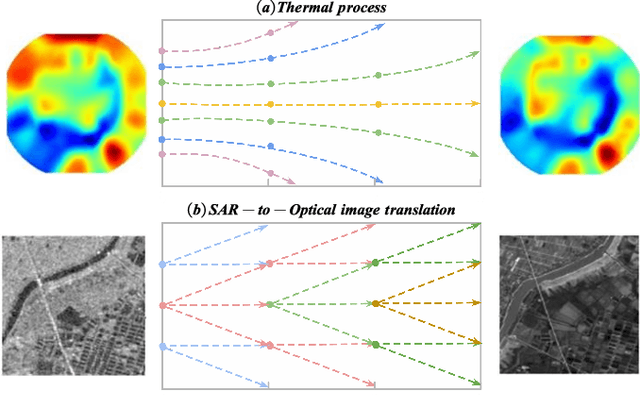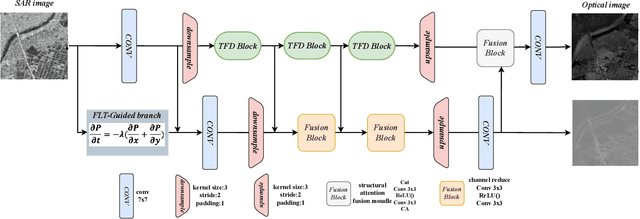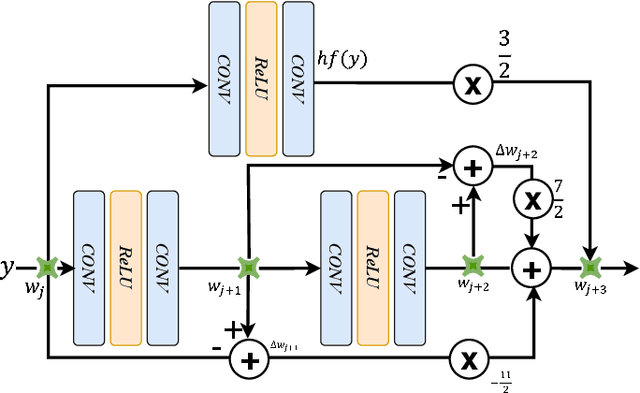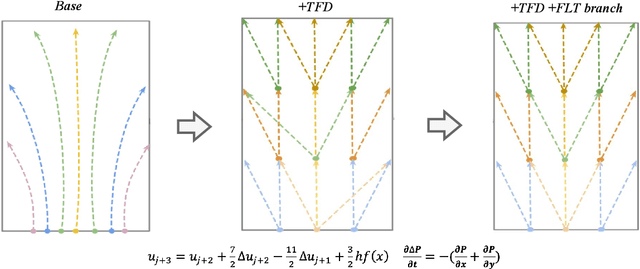Chengyu He
ChatHouseDiffusion: Prompt-Guided Generation and Editing of Floor Plans
Oct 15, 2024



Abstract:The generation and editing of floor plans are critical in architectural planning, requiring a high degree of flexibility and efficiency. Existing methods demand extensive input information and lack the capability for interactive adaptation to user modifications. This paper introduces ChatHouseDiffusion, which leverages large language models (LLMs) to interpret natural language input, employs graphormer to encode topological relationships, and uses diffusion models to flexibly generate and edit floor plans. This approach allows iterative design adjustments based on user ideas, significantly enhancing design efficiency. Compared to existing models, ChatHouseDiffusion achieves higher Intersection over Union (IoU) scores, permitting precise, localized adjustments without the need for complete redesigns, thus offering greater practicality. Experiments demonstrate that our model not only strictly adheres to user specifications but also facilitates a more intuitive design process through its interactive capabilities.
SAR-to-Optical Image Translation via Thermodynamics-inspired Network
May 23, 2023



Abstract:Synthetic aperture radar (SAR) is prevalent in the remote sensing field but is difficult to interpret in human visual perception. Recently, SAR-to-optical (S2O) image conversion methods have provided a prospective solution for interpretation. However, since there is a huge domain difference between optical and SAR images, they suffer from low image quality and geometric distortion in the produced optical images. Motivated by the analogy between pixels during the S2O image translation and molecules in a heat field, Thermodynamics-inspired Network for SAR-to-Optical Image Translation (S2O-TDN) is proposed in this paper. Specifically, we design a Third-order Finite Difference (TFD) residual structure in light of the TFD equation of thermodynamics, which allows us to efficiently extract inter-domain invariant features and facilitate the learning of the nonlinear translation mapping. In addition, we exploit the first law of thermodynamics (FLT) to devise an FLT-guided branch that promotes the state transition of the feature values from the unstable diffusion state to the stable one, aiming to regularize the feature diffusion and preserve image structures during S2O image translation. S2O-TDN follows an explicit design principle derived from thermodynamic theory and enjoys the advantage of explainability. Experiments on the public SEN1-2 dataset show the advantages of the proposed S2O-TDN over the current methods with more delicate textures and higher quantitative results.
 Add to Chrome
Add to Chrome Add to Firefox
Add to Firefox Add to Edge
Add to Edge